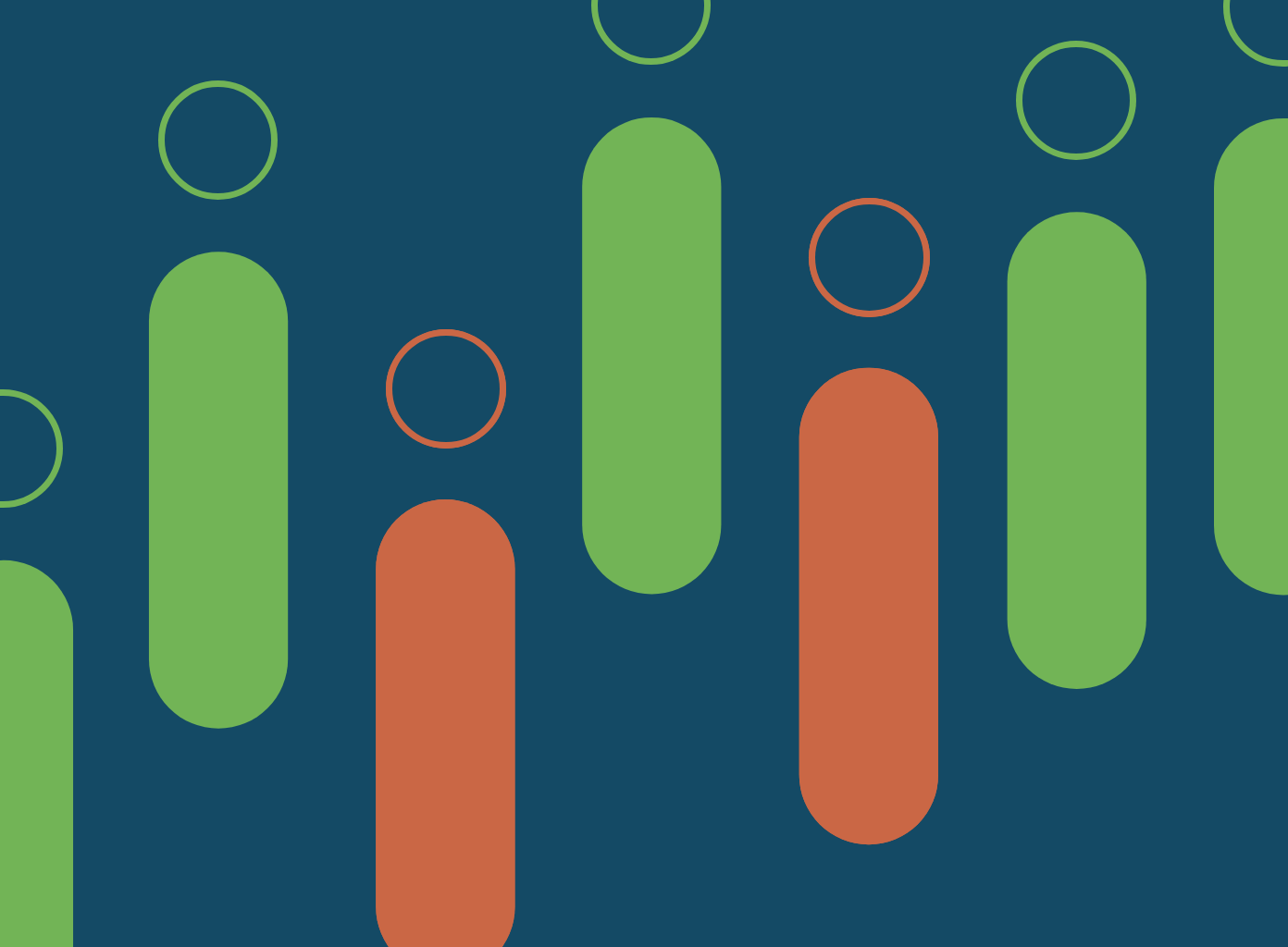July 9, 2020 - Philadelphia, PA - HealthVerity announced the biweekly update to its HealthVerity Patient Confidence Index, or HVPCI, and reported a national score of 82, a 6-point increase from the previous period. This is the highest score since the index began in March 2020. Indexed against a pre-pandemic score of 100, this level is considered “Critical” in terms of patient engagement with the US healthcare system.
The HVPCI represents a measure of physician visits undertaken by non-COVID-19 patients across 20 key therapeutic areas, highlighting a significant decline in visits since the pandemic took hold in the US at the beginning of March. The HVPCI is crucial as an expression of the confidence in patients to seek care for acute and chronic illnesses balanced with the risk of exposure to the coronavirus in a public setting. As coronavirus cases peak and eventually subside, this indicator will ultimately serve as an overall measure of US patient engagement between patients and their physicians.

This week’s national score of 82, or Critical, signals the highest level of patient confidence in seeking physician care since the coronavirus pandemic took hold in March. The 8.3% increase in visits from the prior period is exactly aligned with the rise in visits recorded in 2019 over the same period. It is also the highest number of visits recorded since the HVPCI was introduced. This week’s index demonstrates the positive impact of continued re-opening in key markets as well as patient confidence in precautions recommended to stem the spread of COVID-19 in public settings. More importantly, 90% of the physician specialties in the index, as measured by weekly medical claims, demonstrated growth as physician practices continued to reopen to patients and hospitals further expanded their non-COVID-19 services, including elective surgeries. The Critical rating, however, continues to highlight the gap versus pre-pandemic levels.
With 18 of 20 specialties reporting higher visits than the prior HVPCI, the following specialties recorded gains of more than 10 points: respiratory (current score of 81, biweekly change of +13), radiology (86, +12) and cardiology (86, +11). In addition, two specialties achieved scores in the 90s: infectious disease (97, +4) and oncology (91, +4) moving closer to normal volumes. Surprisingly, behavioral health ticked down two points to 63, but remains consistent with the visit pattern on a year-over-year basis. Pediatrics (77, +4) continues to trail the national index, again highlighting concern regarding the potential impact of the sustained dip in pediatric immunizations rates.
“The highest HVPCI since the pandemic began is a positive sign that patients are learning how to engage directly with their physicians while incorporating CDC and state guidelines into their daily routines,” said Andrew Goldberg, chief operating officer at HealthVerity. “The recent uptick in COVID-19 cases across much of the country is a cautionary tale in what could follow in late summer and early fall with renewed lockdowns and diminished access to care. The next few weeks will need to be closely watched with respect to how the nation as a whole is caring for itself.”

An interesting development this week was the drop in telehealth as compared to office visits. Telehealth experienced a 9.5% decline over the prior period and accounted for only 10.9% of all physician visits in the data supporting the index, the third straight period of declining share. The ratio, however, is still up significantly from less than 1% prior to the pandemic. Overall, nearly every specialty recorded telehealth declines in this period, with only the combination of behavioral health and psychiatry remaining relatively flat from the prior period. Many health plans and hospital systems continue to encourage telehealth visits by waiving co-pays and creating on-demand scheduling.
To learn more about HealthVerity’s efforts to educate and inform on COVID-19, please visit https://info.healthverity.com/covid-19.





